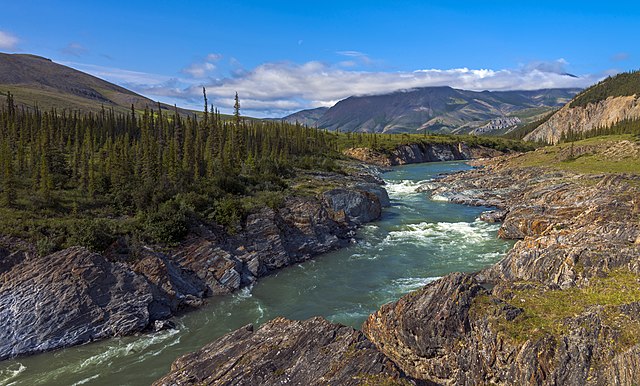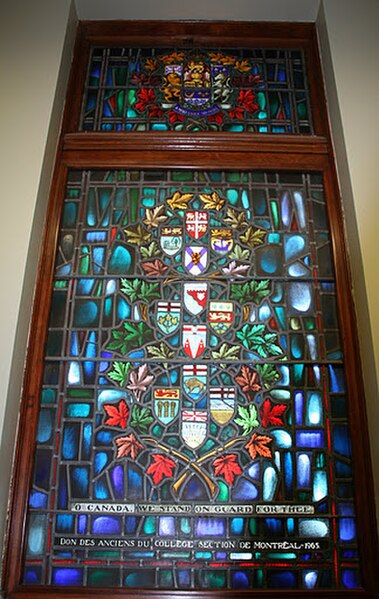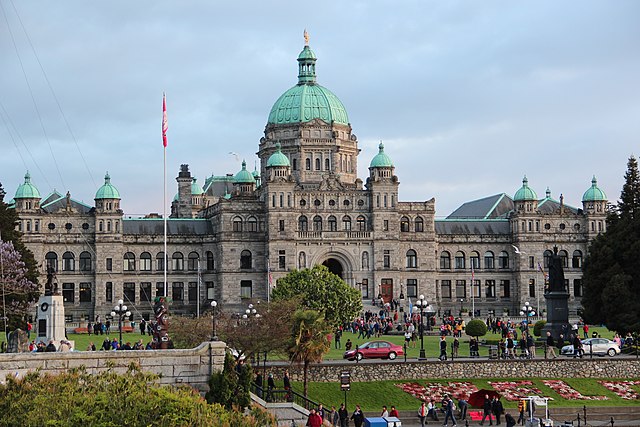Northern Canada, colloquially the North or the Territories, is the vast northernmost region of Canada, variously defined by geography and politics. Politically, the term refers to the three territories of Canada: Yukon, Northwest Territories and Nunavut. This area covers about 48 per cent of Canada's total land area, but has less than 0.5 per cent of Canada's population.
Downtown Whitehorse, Yukon (the territories’ largest city) seen from the east side of the Yukon River
Outside Yellowknife, Northwest Territories
Sheep Slot Rapids on the Firth River in Yukon's Ivvavik National Park
A typical tundra landscape in Nunavut.
Provinces and territories of Canada
Canada has ten provinces and three territories that are sub-national administrative divisions under the jurisdiction of the Canadian Constitution. In the 1867 Canadian Confederation, three provinces of British North America—New Brunswick, Nova Scotia, and the Province of Canada —united to form a federation, becoming a fully independent country over the next century. Over its history, Canada's international borders have changed several times as it has added territories and provinces, making it the world's second-largest country by area.
"O Canada we stand on guard for thee" Stained Glass, Yeo Hall, Royal Military College of Canada featuring arms of the Canadian provinces and territories as of 1965
Alberta Legislature Building
British Columbia Parliament Buildings
Manitoba Legislative Building








